Loading and securing of containers
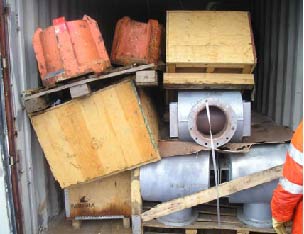
A member has reported several occurrences over recent months of containers being inappropriately loaded and transported with contents in an unsecured and consequently unsafe manner and seeks to highlight this as a safety issue. It had come to the attention of the company that unsafe packing of containers is something that is still evident, in spite of this issue being addressed in recent years. The potential exists for injury, environmental impact or equipment damage caused by unsecured cargo moving in the container or spilling out when the doors are opened. The company highlighted some recent examples of poor practice:
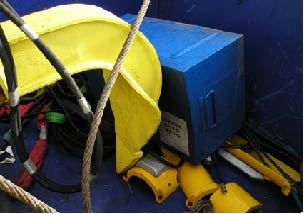
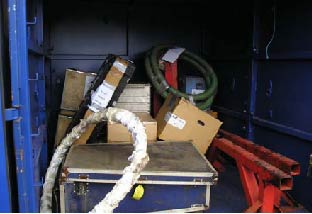
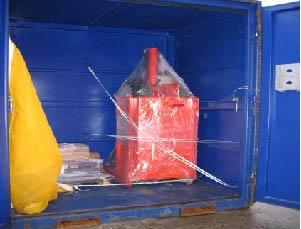
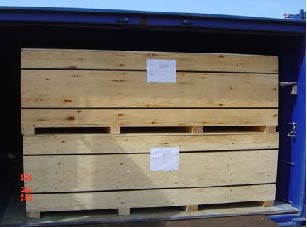
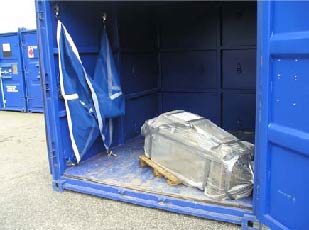
Consideration should be given to the safety of the people at the receiving end and also their material handling capabilities. The loading of containers should be planned to facilitate the ease of unloading on arrival at the destination.
The following actions were suggested:
- Place contents in suitable containers, giving consideration to material handling capabilities of those receiving the load (i.e. forklift availability, access, container type);
- Distribute the contents evenly over the floor to maintain balance;
- Place heavier items at the bottom with lighter goods on top – do not place heavy cargo on top of fragile cargo;
- Use packing materials to prevent damage between items of cargo;
- Always lash down (and wedge if necessary) cargo to prevent movement in transit;
- Do not pack sharp items next to soft skinned drums;
- Certain chemicals and materials, when combined (possibly through transit damage), can become toxic, highly flammable or explosive – such materials should be kept separate;
- Ensure the doors and locking mechanisms are secure with locking device attached (including secondary securing device) and where applicable, use door safety nets;
- Ensure no loose items have been left on the roof of containers.
There is sufficient industry guidance available regarding the safe packing and handling of cargo to and from offshore locations and the International Maritime Dangerous Goods (IMDG) Code should also be followed. Additionally, following the guidance in Guidelines for lifting operations – should help prevent such occurrences.
Safety Event
Published: 1 December 2009
Download: IMCA SF 17/09
IMCA Safety Flashes
Submit a Report
IMCA Safety Flashes summarise key safety matters and incidents, allowing lessons to be more easily learnt for the benefit of all. The effectiveness of the IMCA Safety Flash system depends on Members sharing information and so avoiding repeat incidents. Please consider adding [email protected] to your internal distribution list for safety alerts or manually submitting information on incidents you consider may be relevant. All information is anonymised or sanitised, as appropriate.
IMCA’s store terms and conditions (https://www.imca-int.com/legal-notices/terms/) apply to all downloads from IMCA’s website, including this document.
IMCA makes every effort to ensure the accuracy and reliability of the data contained in the documents it publishes, but IMCA shall not be liable for any guidance and/or recommendation and/or statement herein contained. The information contained in this document does not fulfil or replace any individual’s or Member's legal, regulatory or other duties or obligations in respect of their operations. Individuals and Members remain solely responsible for the safe, lawful and proper conduct of their operations.
